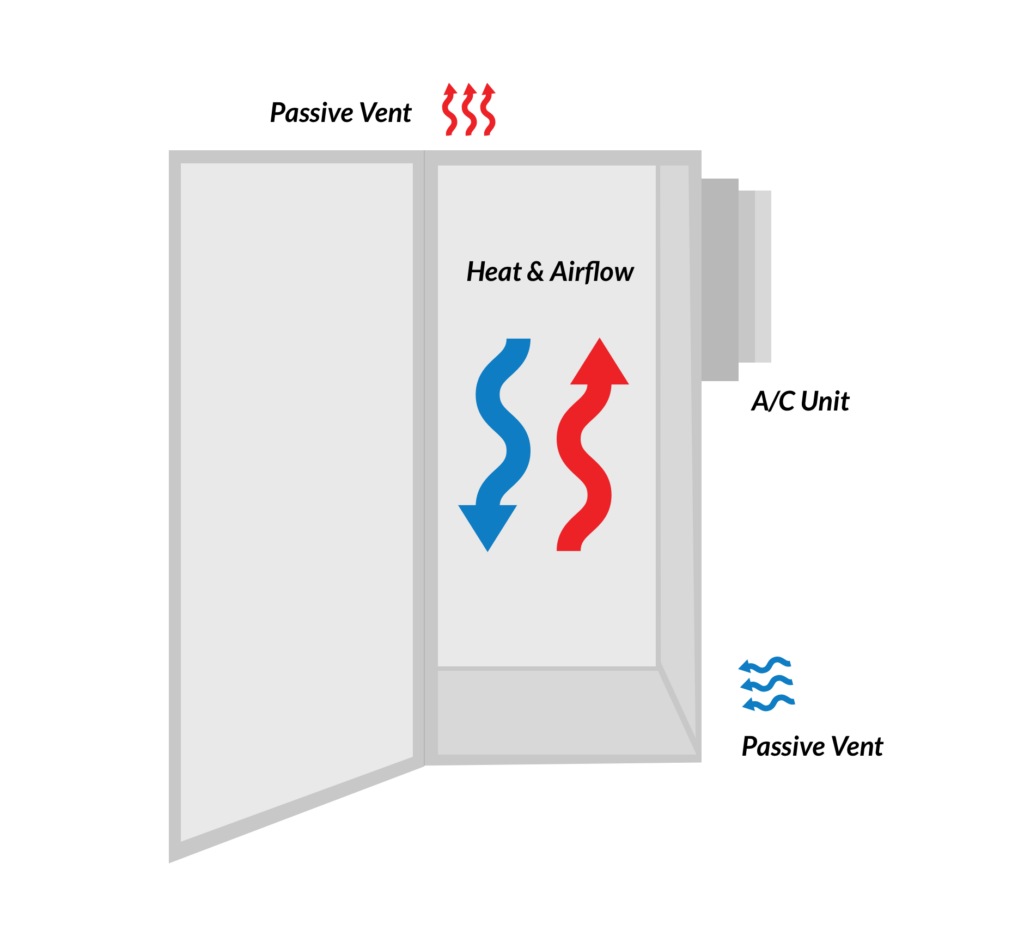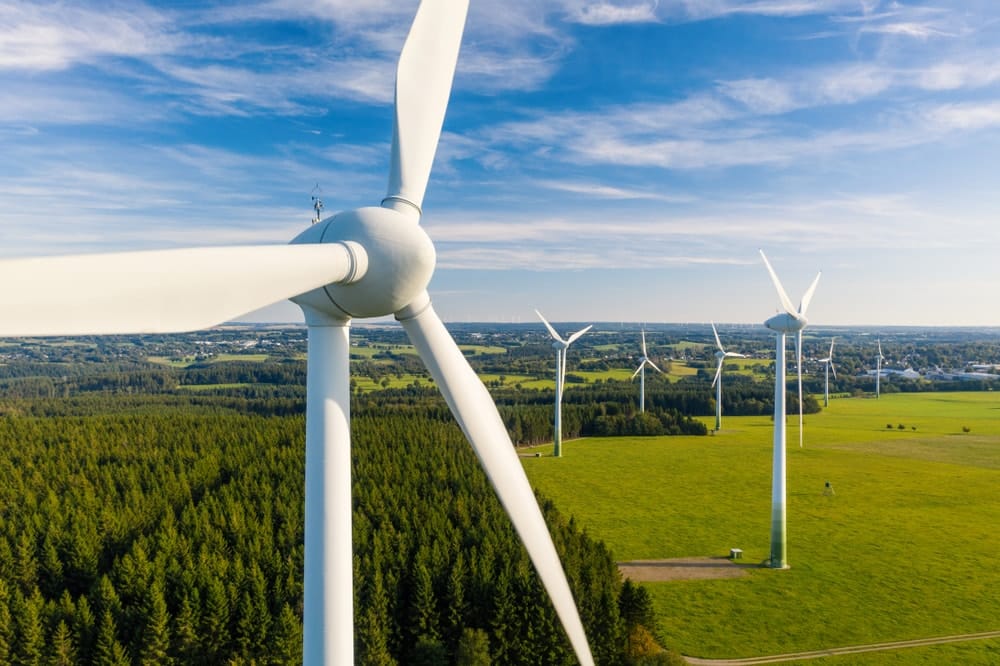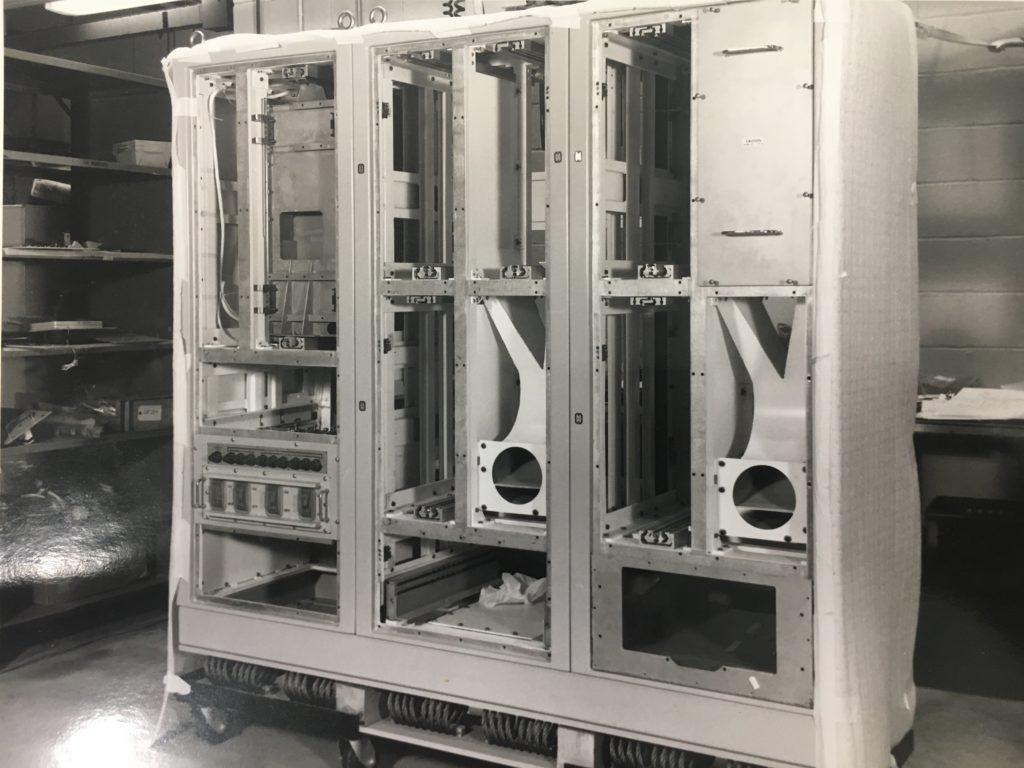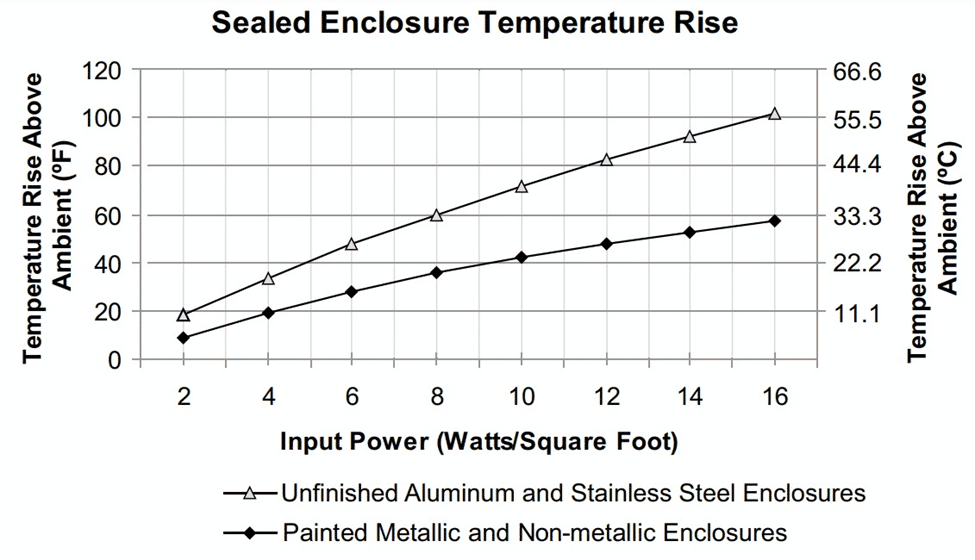Five Benefits of AS9100 Certification
Leave a CommentQuality procedures, results and products are critical in any business, but perhaps none more so than aerospace and defense. It’s not hyperbole to say that lives could be at risk if quality management processes aren’t adhered to.
The two quality standards most often associated with these industries are ISO 9001 and AS9100. While these certifications are not required by law, in order to effectively participate in the aviation space, many suppliers require AS9100 certification. If you want to do business with these suppliers, you MUST be certified. And once you are certified, you’ll need to maintain your certification by meeting the AS9100 requirements on an ongoing basis.
What is ISO 9001 and AS9100?
Often considered the fundamental requirement, ISO 9001:2015 is the internationally recognized, foundational quality standard. It’s based on quality management principles like a strong customer focus, top motivations, a process approach and continual improvement, according to iso.org.
AS9100 uses all of the ISO 9001 standards as a foundation, with additional regulatory requirements pertaining specifically to aerospace quality needs. They’re backed by the International Aerospace Quality Group (IAQG), which includes reps from many major worldwide aerospace companies.
The base content is identical in both standards, but the AS9100 audit carries additional expectations in the “Product Realization and Measurement, Analysis and Improvement” sections of the requirements. Examples include:
- Risk management
- Project management
- Configuration management
- Counterfeit part management
- The human element
- Additional safety requirements
- Purchasing
- Non-conformance
What are the benefits of being certified?
There are five main advantages that an ISO or AS9100 certification can bring to manufacturers:
- Define your company’s quality control processes – a cornerstone of the certification process, quality control performance metrics, such as on-time delivery, throughput, and overall equipment effectiveness, helps accurately reflect your performance. In turn, these metrics can help you make more educated decisions to improve growth and profitability.
- Boost employee performance and productivity – engaged employees are motivated to implement processes that help identify and resolve problems in a timely manner. The consistent auditing process will keep employees focused, while also providing critical feedback.
- Provide an improved customer experience – when you employ a quality management process it translates into reduced customer complaints and more overall satisfaction. Optimizing your customer priorities based on their preferences, expectations and needs will reinforce their loyalty to your business.
- Reduce waste and improve efficiency – because certification enforces a continuous improvement strategy, you’ll always be seeking ways to reduce waste by implementing preventative measures. When you streamline, every moving part is as effective as possible.
- Increase confidence in your manufacturing business – with your certifications, you ensure that you business has all the tools, resources and equipment to produce a quality product or service.









